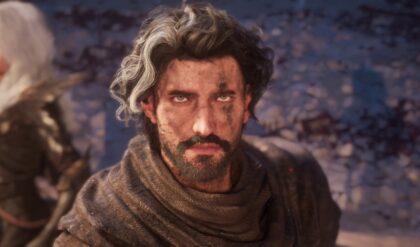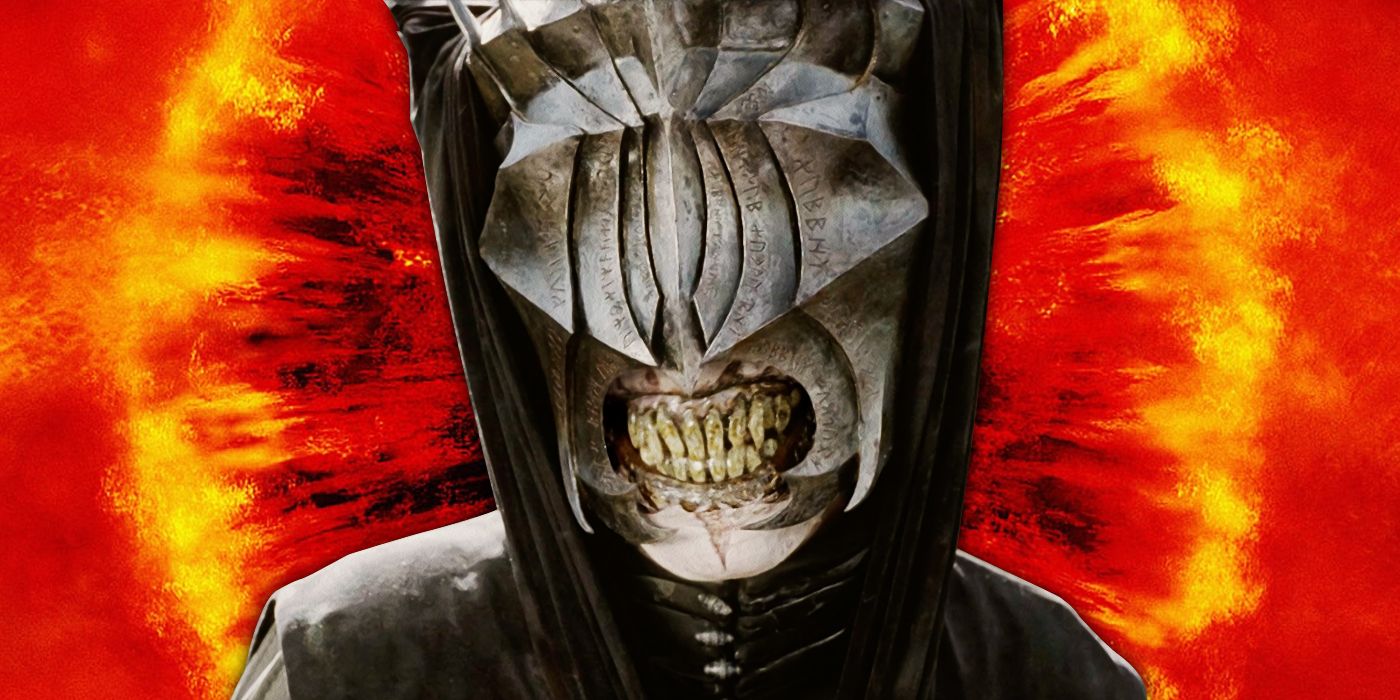
Before the Battle of the Black Gate, Aragorn and his companions issued a challenge to Sauron: “Let the Lord of the Black Land come forth! Let justice be done upon him!” Ever since his defeat in the Second Age, Sauron did not want to risk making a personal appearance on the battlefield. He therefore sent out the Mouth of Sauron, portrayed by actor Bruce Spence, as his representative. The Mouth of Sauron taunted the heroes by showing them Frodo’s mithril shirt, which the Orcs had taken from him in Cirith Ungol. The Mouth of Sauron claimed that the forces of Mordor had tortured Frodo to death. He then insulted Aragorn, saying that “a broken Elvish blade” did not make him King. In response, Aragorn rode forward and decapitated the Mouth of Sauron with a single swing of his sword.
Aragorn Did Not Kill the Mouth of Sauron in the Novel
This was far from the first life that Aragorn had taken in The Lord of the Rings, but previously, he had only killed his enemies amid combat. Many fans took issue with this scene since the Mouth of Sauron was an ambassador sent to “treat with” the heroes before the battle began. The Mouth of Sauron’s weapon was not drawn, so he posed no immediate physical threat to Aragorn or his allies, especially since he was vastly outnumbered. Both in Middle-earth and real-world history, killing a messenger was generally seen as an unjust act, hence the idiom, “Don’t shoot the messenger.” Aragorn chopping off the Mouth of Sauron’s head was not an act of war but of murder.
In the novel version of The Lord of the Rings, this scene played out very differently. It occurred in the chapter “The Black Gate Opens” from The Return of the King. Aragorn stayed silent, but the Mouth of Sauron was so intimidated by his gaze that he recoiled in fear, shouting, “I am a herald and ambassador, and may not be assailed!” Gandalf responded that none of them had threatened to harm him and did not intend to. However, he pointed out that “where such laws hold… it is also the custom for ambassadors to use less insolence.” He went on to say that Sauron’s loyal servants would face “great peril” unless the Dark Lord surrendered peacefully, so any protection the Mouth of Sauron had as a messenger was temporary.
Unlike in the film, the heroes listened to the Dark Lord’s attempt at negotiation. Sauron demanded control over all lands east of the river Anduin, which included Erebor, the Iron Hills, Dale, the Woodland Realm, and parts of Gondor. He would supposedly allow all lands west of the Anduin to govern themselves so long as they paid him tribute. He also required the inhabitants of those lands to surrender all of their weapons and help rebuild Isengard, which would serve as the Mouth of Sauron’s new home. Unsurprisingly, Gandalf refused these conditions. “He cast aside his cloak,” revealing a bright white light that dazed and terrified the Mouth of Sauron. He retreated to the confines of Mordor, and Tolkien did not indicate whether he survived the War of the Ring.
Aragorn Had Always Shown Mercy in the Past
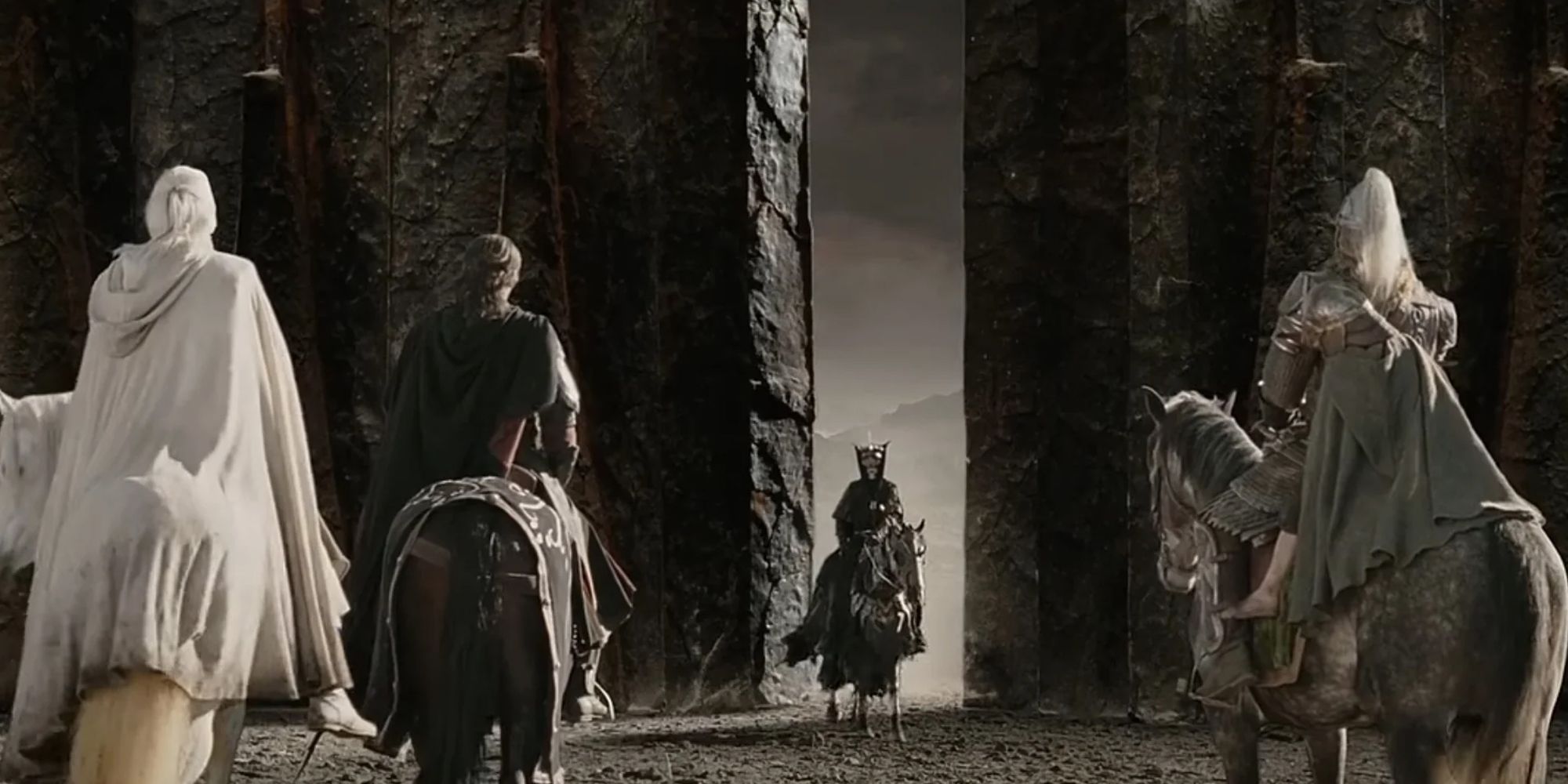
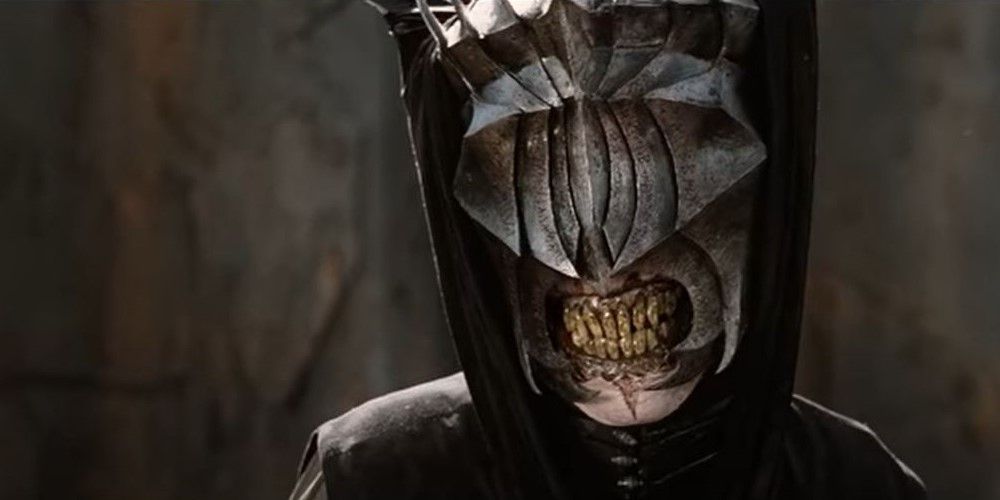
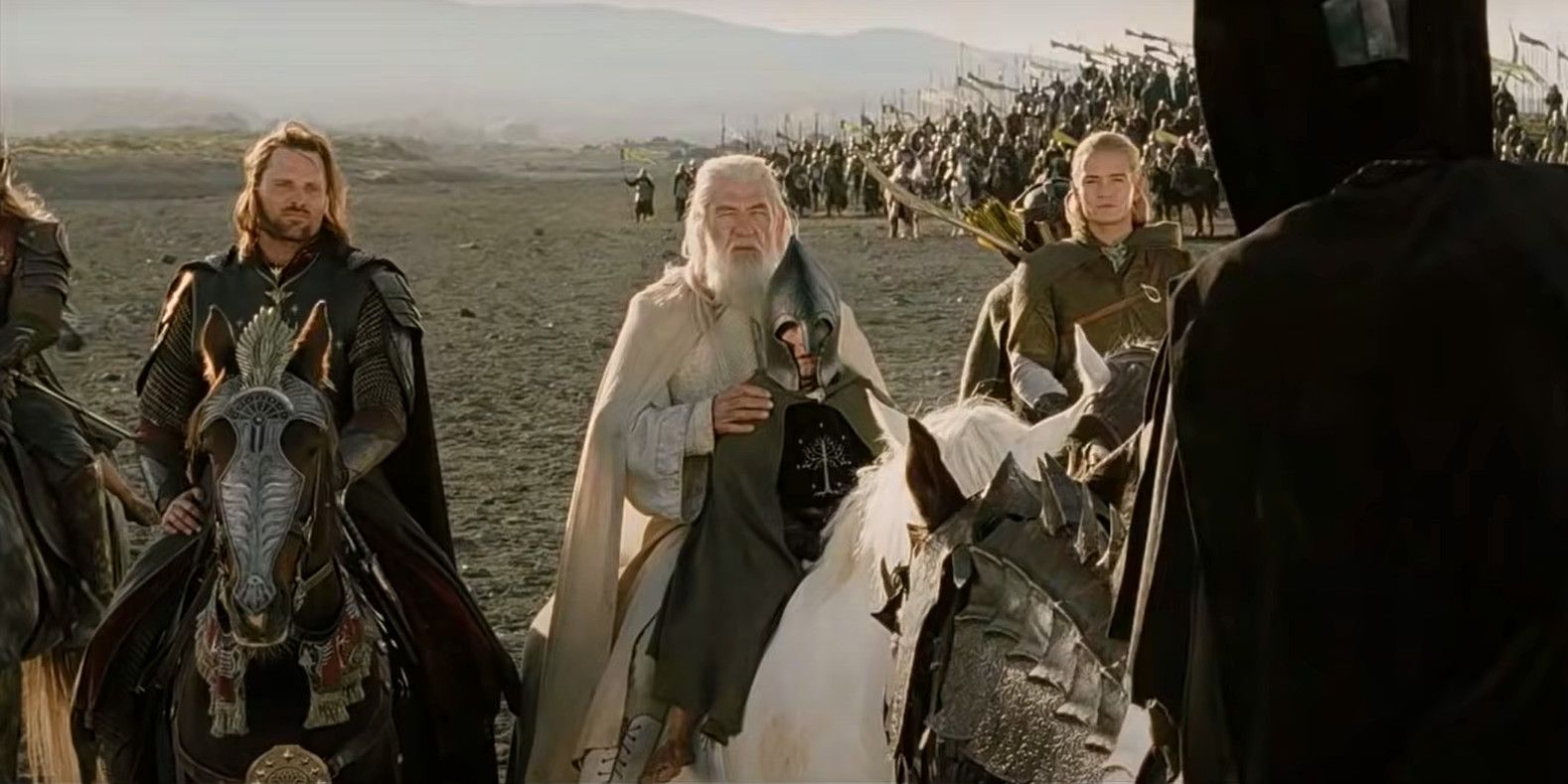
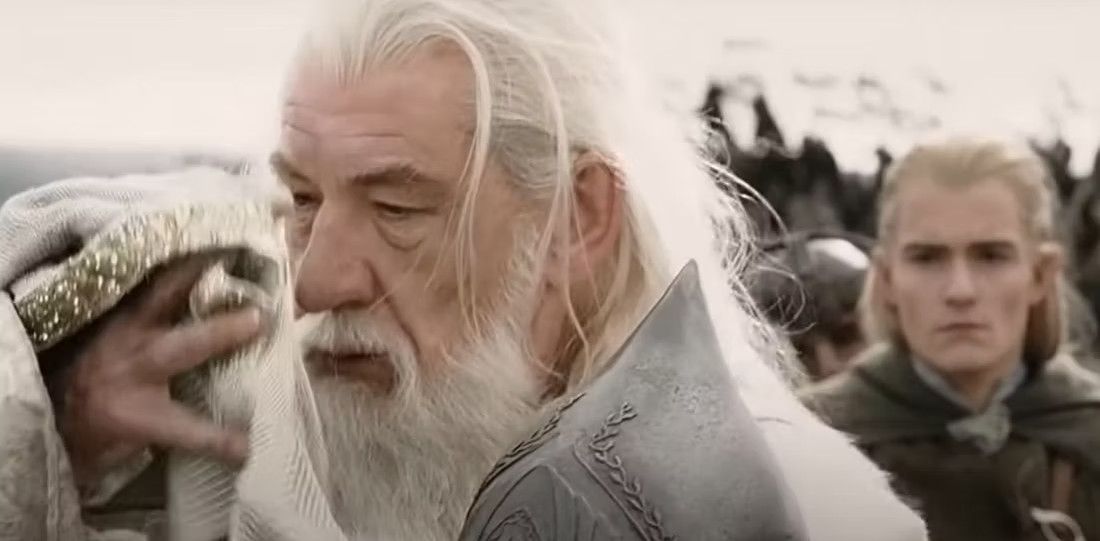
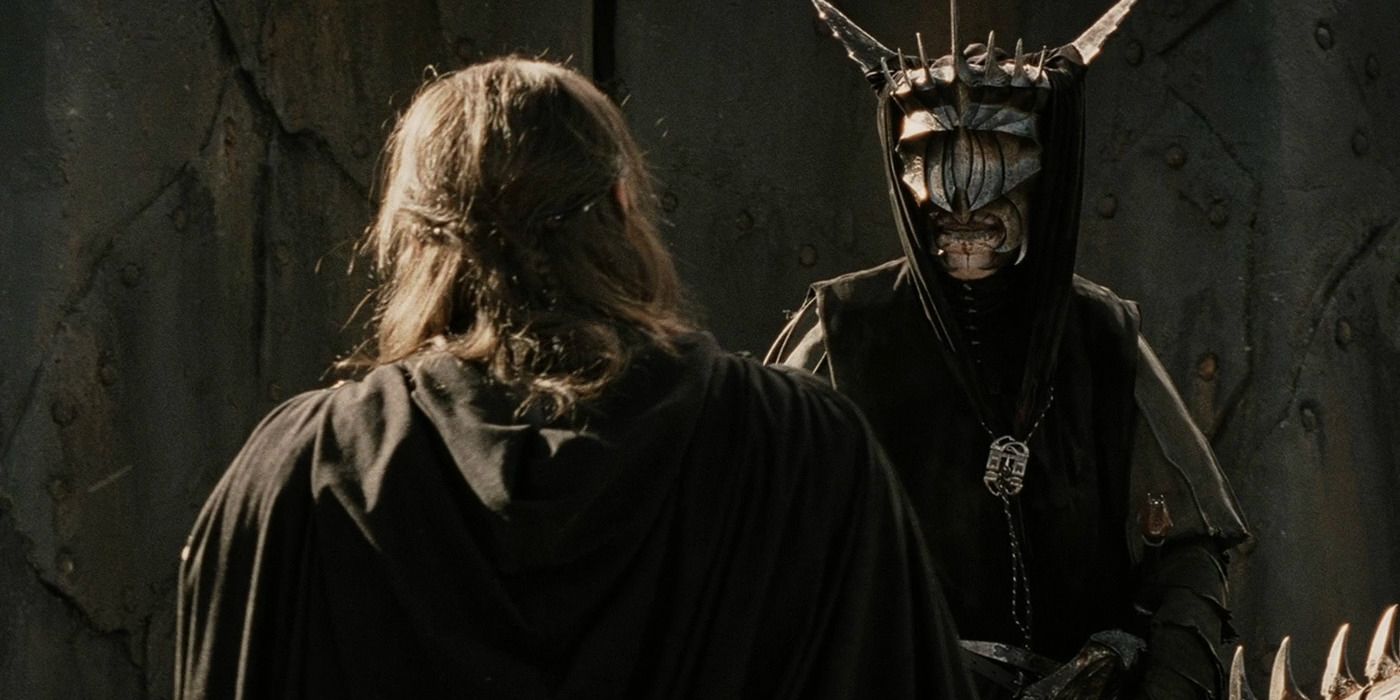
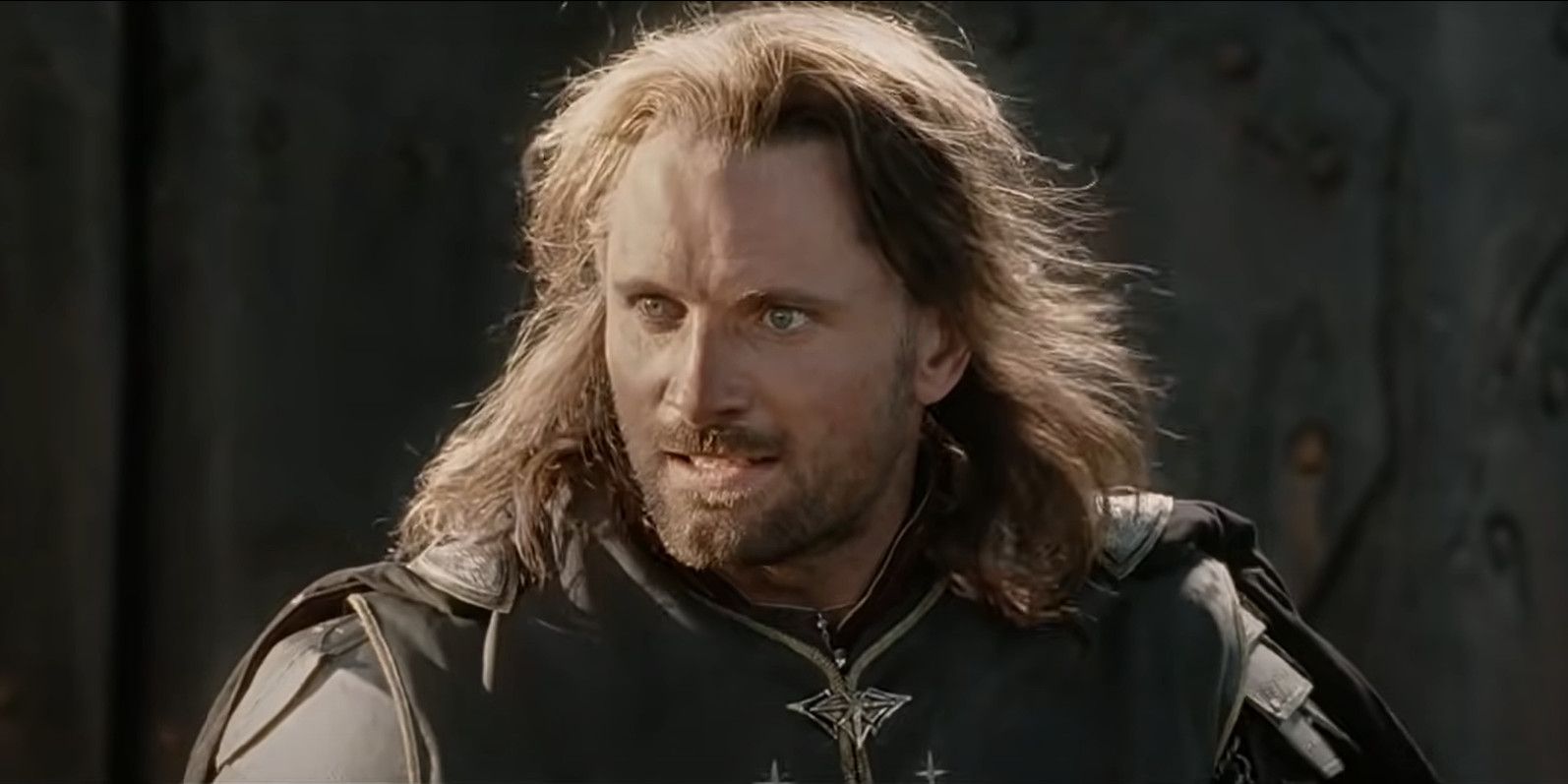






According to Elijah Wood, Jackson considered making the Mouth of Sauron beautiful as a nod to the fair guise that Sauron assumed before he became the Dark Lord.
Jackson’s The Lord of the Rings films differed from Tolkien’s novel in many ways, so the inaccuracy of this scene is not what made it controversial. Rather, many fans believe that killing a messenger was out of character even for the cinematic version of Aragorn. He was supposed to be fair, just, and merciful, traits that would make him a good ruler in the Fourth Age. In The Lord of the Rings: The Two Towers film, he stopped Théoden from killing Wormtongue, who was arguably more dangerous than the Mouth of Sauron since he knew the Rohirrim’s secrets. Aragorn beheading the Mouth of Sauron painted him in a negative light right before the conclusion of the trilogy. However, that may have been the point.
The Return of the King did not glorify Aragorn’s attack on the Mouth of Sauron. Jackson sometimes included senseless violence for the sake of spectacle — such as in the extended edition of The Hobbit: The Battle of the Five Armies, which received an R-rating due to its gore — but this scene was not an example of that. Aragorn cared deeply about Frodo and was overwhelmingly distraught by the Mouth of Sauron’s words, so he lashed out in an explosion of uncontrollable emotion. Gandalf and Pippin were taken aback, and judging from their faces, they did not approve of Aragorn’s action. Gimli quipped, “I guess that concludes negotiations,” but even he did not look pleased. In his darkest hour, Aragorn made a rash mistake, showing that he was not a perfect paragon of virtue.
Not All in Middle-earth Disapproved of Aragorn’s Choice
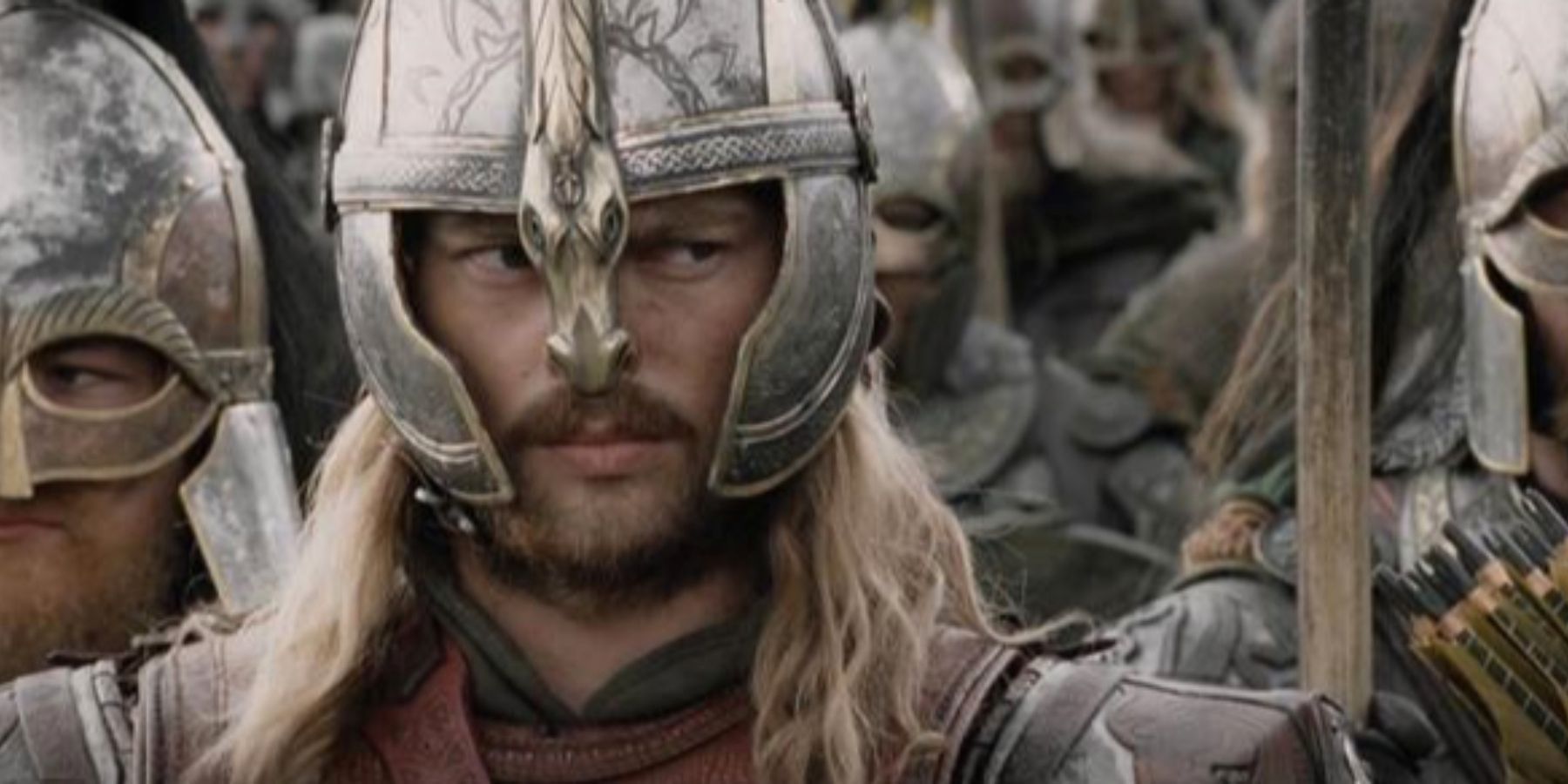
In the film, the Mouth of Sauron’s identity is unclear, but the novel states that he was a Númenórean who “entered the service of the Dark Tower when it first rose again.”
Despite the moral implications, Aragorn killing the Mouth of Sauron was tactically beneficial. The point of the Battle of the Black Gate was to distract Sauron, and such a brazen violation of the rules of war surely drew the Dark Lord’s attention. Further, the Mouth of Sauron was not just a messenger; according to the novel, he was a sorcerer and a lieutenant in Sauron’s army, so Aragorn deprived the Dark Lord of a dangerous military leader. Though Gandalf and the hobbits disapproved, Aragorn’s display of force could have raised the morale of some of his other allies. The Rohirrim, for example, seemingly accepted the use of violence as a response to verbal offense; they celebrated Helm Hammerhand, who famously killed a lord who had insulted him.
Confining this scene to the extended edition of The Return of the King was the right choice. It gave fans the option of seeing Jackson’s take on the Mouth of Sauron, but it also kept Aragorn’s moral grayness out of the theatrical cut of the film. Besides, this scene was not a necessary part of the trilogy. Unlike in Tolkien’s novel, the audience already knew that Frodo had escaped Cirith Ungol at this point, so the Mouth of Sauron’s taunts were false. The fact that this scene became controversial among viewers proves how much fans care about the characters of The Lord of the Rings. Tolkien and Jackson created such well-defined personalities for the heroes of the story that any contradictory actions stood out.

